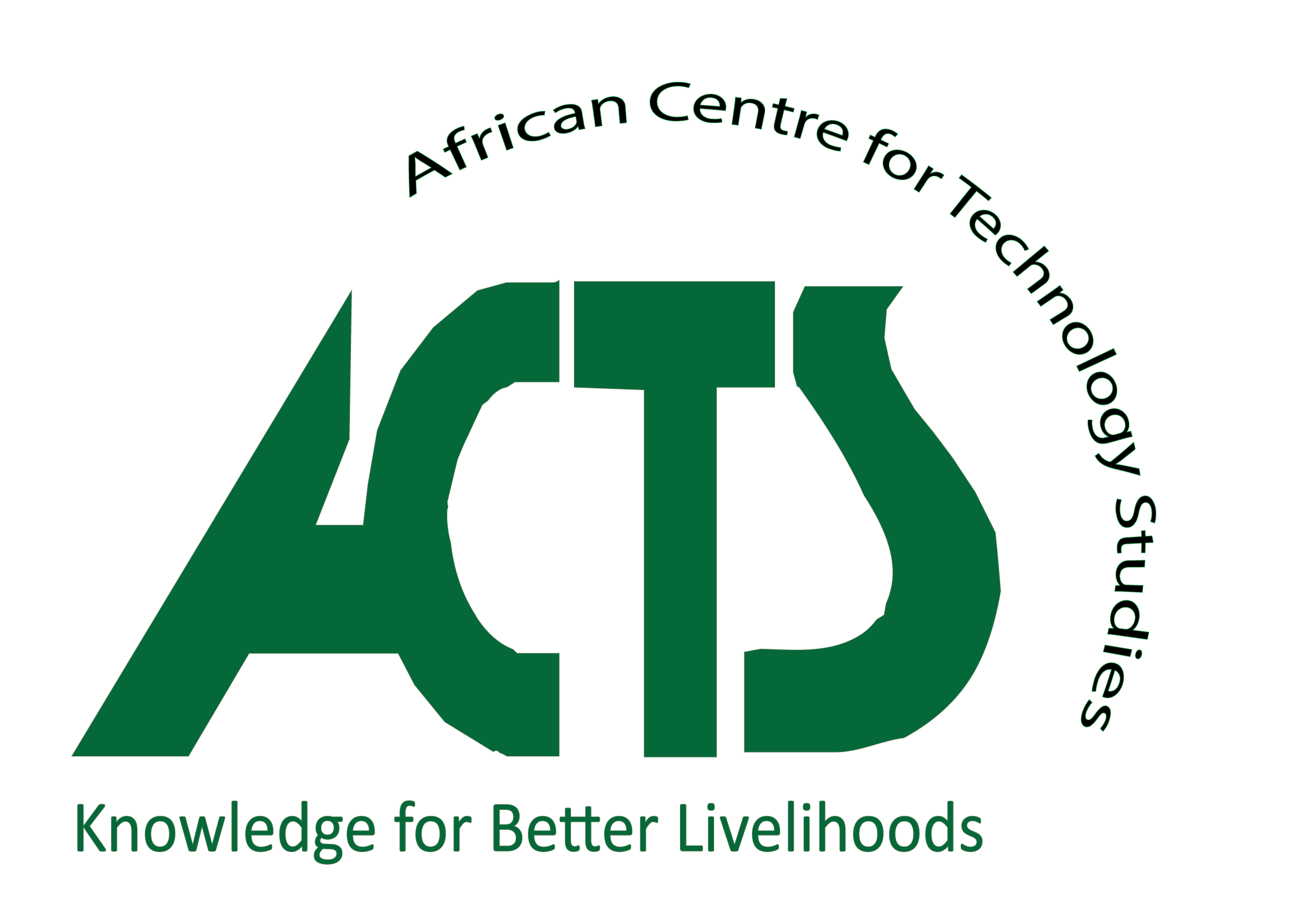By Ms. Jully Senteu and Joel Onyango
Heaps of garbage and polybags scattered as far as the eye can see are regrettably a common sight in most urban and peri-urban centers across the country. It is disheartening, when you drive across a centre made up of less than a dozen shops yet there is so much plastic littered all over, you can barely spot a patch of green – or brown.
There is this particular centre Nkoilale on your way to Maasai Mara. The abhorrent site sneaks up on you without warning.
The Savanna plains that would be characteristic of this place have been replaced by a sea of plastics as far as the eye can see. I can feel an itch coming on every time I drive past this place. I wonder how this is ok for everyone involved- the locals, the governing bodies, the tourism sector seeing as Maasai Mara is Africa’s 3rd greatest tourist attraction, you, me- how is this ok?
Most of us are oblivious to waste management as a whole. As long as our “litter” is not within our site, we do not care what happens to it. What happens when you flush your toilet? What happens to the water that empties out of the drain after your 15min shower? Or the water from your kitchen sink or washing bay/machine? Do any of these questions cross your mind?
Did you know that 90% of our domestic and industrial wastewater is directly or indirectly discharged into the environment untreated and ends up in either the ground or surface water reserves? And with rain water harvesting accounting for less than 1% of our water supply, 99% of the water we use is from the very sources we are polluting with our wastewater. Most of the solid waste also ends up being washed into our lakes, rivers and streams exacerbating the problem.
For those with piped water, the supplied water has hopefully gone through some form of treatment. But for the bulk of Kenyans, they are forced to fetch the water as is leading to disease outbreaks and epidemics. One in every five deaths of children under the age of five is due to water-related diseases. 30% of the illnesses treated in Kenya are related to poor sanitation, hygiene and water. That means that a good chunk of the 24billion shillings allocated to the health ministry directly or indirectly goes towards treating diseases that are otherwise preventable. In some parts of the world that number – 30%- is much higher. Like India for example where over 60% of treated diseases are water related. With increased population growth and little to no investment towards sanitation, Kenya is not far behind.
We are one of only 9 countries in sub-Sahara Africa that are considered to be water scarce. In the next decade it is projected that there will be absolute scarcity of water in Kenya with a water per capita of about 250m3 – the recommended water per capita as per the United Nations guidelines is 1,700m3. With such dire numbers, it is imperative that we preserve this already scarce and extremely vital resource. As a nation, we need to adopt a multi-sectoral approach to wastewater management and vigorously invest in enforcing the laws that are currently largely ignored. Innovative approaches that are socially, culturally, economically and environmentally acceptable should be embraced to ensure appropriate wastewater management solutions are extensively adopted.
Water – and clean water at that- is crucial for virtually every aspect of life. It is of paramount importance that the issue of sanitation and wastewater management be highlighted and addressed with utmost seriousness. The social, economic and political future of the world as it stands today, depends on it. As Ismail Serageldin said, "If the wars of this century were fought over oil, the wars of the next century will be fought over water , unless we change our approach to managing this precious and vital resource".


